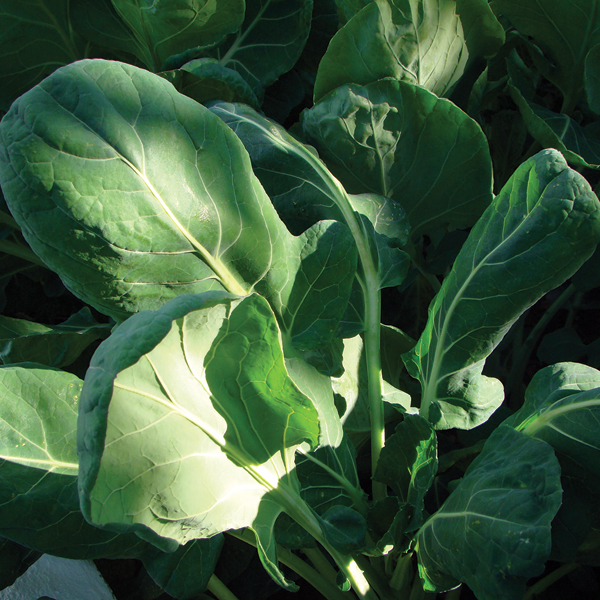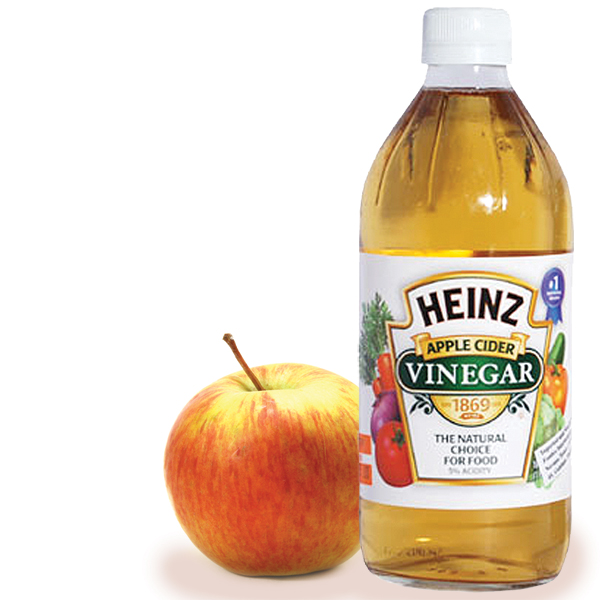 By Pauline James
By Pauline James
It is essential that all parrots have a good quality mixed diet, and fresh, dark green leafy vegetables can play an important part. But, what do you do if your parrot flatly refuses to eat its greens, which provides a myriad of health benefits, including the all-important vitamins A and K?
Here are six great ideas to get a parrot eating fresh, leafy greens:
- Weave whole leaves in and out of the cage bars, level with the top perch, to attract the bird’s attention, and make it curious.
- Pierce broccoli on a 'parrot' skewer and hang in the cage, which will provide wholesome food as well as some fun.
- Chop greens up into small pieces and mix into a favourite food, such as egg food or sweetcorn. Start with a small amount and gradually increase the quantity, as the bird gets used to the taste.
- Make up a green leaf parcel in front of the parrot with a tasty morsel inside, so that the bird has to tear at the leaf to get at the treat inside. Secure with a bird-safe leather tie.
- Nibble at green leaves enticingly in front of your parrot, to tempt him into trying them too.
- Chop greens into small pieces and bake them in a protein and vitamin A-rich birdie bread. This is a very palatable way for a parrot to eat lots of nutrient-rich foods, if he is a picky eater.
Here is a quick and easy recipe for
BIRDIE BREAD
1 large fresh pumpkin or sweet potato, cubed and pre-boiled
1 tin sweetcorn, drained
1 doz eggs beaten + shells ground up
3 cups wholegrain flour
2 cups rolled oats
½ tsp baking powder
1 cup of freshly chopped greens
1 cup of fresh, chopped walnuts
1 chopped red pepper
Preheat oven to 425°F or 220°C. Thoroughly mix all the ingredients together and add enough water to make the mixture into a thick pancake-like consistency. Line four loaf tins with greased tin foil, and divide mixture between them. Cook for around 20-25 minutes until golden brown. Test that the loaves are cooked by inserting a skewer into the centre of each one, and ensure it comes out clean. Chop up and freeze until needed, and offer warm.
 - an ancient remedy still relevant today
- an ancient remedy still relevant today
By Pauline James
Organic apple cider vinegar has long been used as an alternative treatment and remedy for a wide variety of conditions and infections, due to its potent antibiotic, antibacterial, antiviral and antifungal properties. But, with the upsurge of modern medicines and antibiotics in recent decades, its advantages and uses have rather been forgotten.
The main advantage of using natural apple cider vinegar as a healer is that its usage does not produce side-effects, or destroy the good bacteria in the body, like antibiotics. It is also cheap to buy, easy to use, and can be sprinkled on soft-food or fruit, on a daily basis, to boost health and increase fertility levels.
There are many conditions that can be helped, by taking diluted apple cider vinegar orally, or by applying it directly to an injury on a swab. A regular daily treatment of
1/4-1/2 teaspoonful, depending on the size of parrot, taken in food or diluted in water with perhaps a little honey dissolved in it to make it more palatable, is about the right dosage, but double-check with an avian vet first, before beginning any treatments.
Here is an example of some of the ailments that apple cider vinegar has been known to treat successfully. It may not work in every instance, but its success rate is high enough, for it to be worth giving it a try.
Fatty tumours: Galahs, older Amazon parrots, Australian parakeets and Budgies are all particularly vulnerable to suffering from Fatty Liver Disease, which can culminate in a large external growth known as a Fatty Tumour. This condition mainly affects over-weight parrots, and those on a nutrient-deficient diet, and removal surgery is usually required.
An overgrown beak, or oddly-coloured, lack-lustre feathering can be signs that a bird is suffering FLD. The parrot should be encouraged to exercise, fed a nutrient-rich, low-fat diet and offered apple cider vinegar. After a few weeks of on-going corrective treatment, fatty tumours have been known to completely disappear.
Gout: Although there is no scientific proof that apple cider vinegar can help gout, many human sufferers have attested to its effectiveness. Gout is a form of arthritis that causes intense pain in the joints, and in parrots is most prevalent in the lower legs or feet. The area can become red and inflamed, and symptoms can occur suddenly. Soak cotton wool in undiluted apple cider vinegar and wrap it around the affected area for around 15 minutes, or immerse foot or joint in a warm bath of 1-part vinegar, 3-parts water.
Fungal infections and dry, itchy skin: Apple cider vinegar can be very effective for internal or external fungal infections and dry, itchy skin, usually caused by a vitamin A deficiency. So along, with a vitamin A-rich diet, a light spray of diluted vinegar over the plumage, and directly onto the affected area, can work wonders, and is far less evasive than anti-fungal creams. It will also act as a repellent for lice and mite, and make their plumage shine. A few drops of apple cider vinegar given orally in a drink, or in their food, can help get rid of internal fungal infections.
 By Pauline James
By Pauline James

 - an ancient remedy still relevant today
- an ancient remedy still relevant today